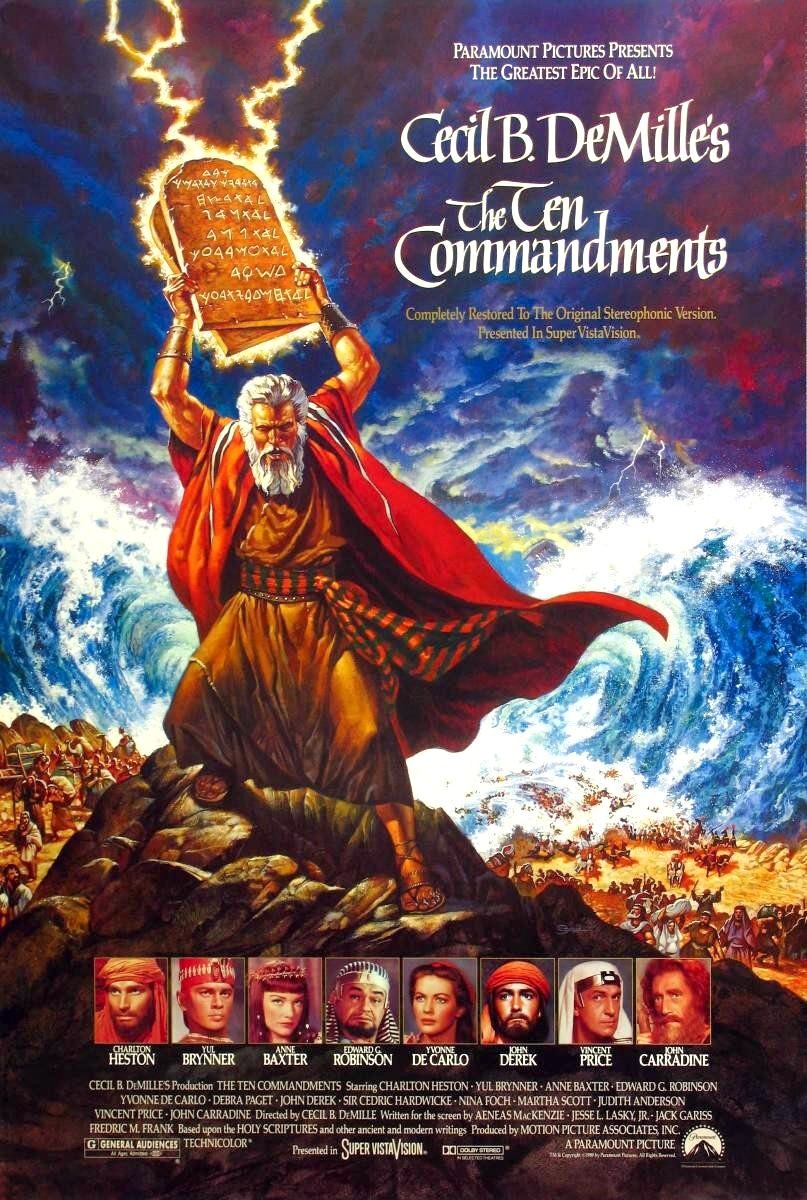
The “Annunciation…” (The white lily symbolizes Mary’s purity.)
* * * *
Wednesday, March 25, is the Feast of the Annunciation.
The full title is the Annunciation to the Blessed Virgin Mary, which I discussed back On the readings for December 21. (And also The original St. Nicholas.) I did it that way – in that order – as a kind of metaphor. It’s a good metaphor for how the early Church “figured it backwards.”
It all started with the birth of Jesus. The early Church Fathers decided first that the celebration would be on December 25. (For reasons explained further below.) Then they figured backwards, nine months. Since they said Jesus was born on December 25, He had to have been “conceived” on the previous March 25. That’s where the Annunciation comes in.
It celebrates “the announcement by the angel Gabriel to the Virgin Mary that she would conceive and become the mother of Jesus, the Son of God, marking his Incarnation.” (More on Incarnation below.) Then it’s not much of a leap to conclude that Conception and Annunciation happened the same day. “She would conceive” became in effect “she did conceive.”
You can see the full set of Bible readings for the day at The Annunciation. The readings are: Isaiah 7:10-14, Psalm 45 (or a portion thereof), Hebrews 10:4-10, and Luke 1:26-38.
But first a word on how December 25 got chosen as the date to celebrate the birth of Jesus.
 It started back in the olden days. Nowadays we know all about the winter solstice, which “marks the shortest day and the longest night of the year.” (In 2014 it was December 22.) We also know that from that date onward, the days do start getting longer and the nights start getting shorter.
It started back in the olden days. Nowadays we know all about the winter solstice, which “marks the shortest day and the longest night of the year.” (In 2014 it was December 22.) We also know that from that date onward, the days do start getting longer and the nights start getting shorter.
But back in those primitive olden days, “there was never any certainty that the sinking Sun would ever return.” (As Isaac Asimov noted.) So about mid-December those old-time people kept worrying that the days would keep getting shorter and shorter, until there was nothing but eternal night.
But then around December 25 they noted that the cycle had stopped and the days were getting slightly longer. They always felt great joy and gladness, and the time when the sun started returning “was the occasion for a great feast in honor of what one might call the ‘birth of the sun.'” That time of raucous celebration became known as Saturnalia in Roman times.
At the Saturnalia, joy was unrestrained, as befitted a holiday that celebrated a reprieve from death and a return to life… It was a season of peace and good will to all men… Naturally, the joy easily turned to the extremes of licentiousness and debauchery, and there were, no doubt, many pious people who deplored the uglier aspects of the festival.
Among those “pious people” were the early Church Fathers. They felt the festival was “a great stumbling block to conversions to Christianity.” So the early Church “adapted itself to pagan customs” like Saturnalia. In essence they transmogrified Saturnalia; they said Christians needed only “to joyfully greet the birth of the Son rather than the Sun.” (Asimov, emphasis added.)
Note also that the Annunciation pretty much coincides with the “northern vernal equinox:”
An equinox occurs twice a year, around 20 March and 22 September. The word itself has several related definitions. The oldest meaning is the day when daytime and night are of approximately equal duration. The word equinox comes from this definition, derived from the Latin aequus (equal) and nox (night).
 So the Annunciation is celebrated about the time of the vernal equinox. (Vernal is from the Latin word for “spring.” The photo at right is Vernal Sunshine on Azaleas.) In turn the birth of Jesus is celebrated about the time of the winter solstice. (The summer solstice is the longest day of the year.)
So the Annunciation is celebrated about the time of the vernal equinox. (Vernal is from the Latin word for “spring.” The photo at right is Vernal Sunshine on Azaleas.) In turn the birth of Jesus is celebrated about the time of the winter solstice. (The summer solstice is the longest day of the year.)
Which brings up the matter of the Incarnation. As Wikipedia put it:
The Incarnation … is the belief that [Jesus], “became flesh” by being conceived in the womb of Mary… [The idea is that the Son of God] took on a human body and nature and became both man and God. In the Bible its clearest teaching is in John 1:14: “And the Word became flesh, and dwelt among us…” The Incarnation is commemorated and celebrated each year at Christmas, and also reference can be made to the Feast of the Annunciation; “different aspects of the mystery of the Incarnation” are celebrated at Christmas and the Annunciation.
See also Liturgical year – Wikipedia, the free encyclopedia. Then there’s a book, The Liturgical Year: The Spiraling Adventure of the Spiritual Life. (Which looks to be a pretty interesting read…)
It first noted that technically the liturgical year begins with Advent and goes through next November. More to the point, the liturgical year “sets out to attune the life of the Christian to the life of Jesus.” (It’s not just an “arbitrary arrangement of ancient holy days.”) Instead:
It is an excursion into life from the Christian perspective [and] proposes to help us to year after year immerse ourselves into the sense and substance of the Christian life… It is an adventure in human growth; it is an exercise in spiritual ripening.
I couldn’t have put it better myself. On the other hand, you could say that while “technically the liturgical year begins” with Advent, it’s the Annunciation that gets the ball rolling…
* * * *

* * * *
The upper image is courtesy of Annunciation – Wikipedia, the free encyclopedia, . The full caption: “Annunciation by Paolo de Matteis, 1712. The white lily in the angel’s hand is symbolic of Mary’s purity in Marian art.” De Matteis was an Italian painter (1662-1728), who was born in Salerno and died in Milan. While in Rome (1723-25) he “received a commission from Pope Innocent XIII.”
The “winter solstice” – rotating image – is courtesy of the Wikipedia article. The caption reads: “Winter solstice in Northern Hemisphere over Asia.”
See also Solstice and Summer solstice – Wikipedia, the free encyclopedia.
The lower image is courtesy of the Wikipedia article on the Incarnation, contained within the article on the Annunciation. The caption reads: “The Incarnation illustrated with scenes from the Old Testaments and the Gospels, with the Trinity in the central column, by Fridolin Leiber, 19th century.”
Re: Isaac Asimov. The quotes about the “dating” of Christmas and the “olden days” are from Asimov’s Guide to the Bible (Two Volumes in One), Avenel Books (1981), at pages 930-34.
Just as an aside, Asimov (1920-1992) was “an American author and professor of biochemistry at Boston University, best known for his works of science fiction and for his popular science books. Asimov was one of the most prolific writers of all time, having written or edited more than 500 books and an estimated 90,000 letters and postcards.” His list of books included those on “astronomy, mathematics, the Bible, William Shakespeare’s writing, and chemistry.” He was a long-time member of Mensa, “albeit reluctantly; he described some members of that organization as ‘brain-proud and aggressive about their IQs.’” See Isaac Asimov – Wikipedia.
The “Vernal Sunshine” is courtesy of bearspawprint.wordpress.com/2014/03/26/blooming/vernal.

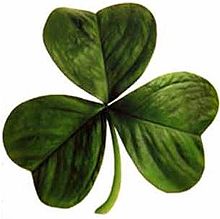 Legend further says Patrick used the native
Legend further says Patrick used the native  Or as Kenneth Clark put it, “In so far as we are the heirs of Greece and Rome” – after the collapse of the Roman Empire about 500 A.D. – “we got through by the skin of our teeth.” We were saved in large part by a “group of monks huddled off the coast of Ireland.”
Or as Kenneth Clark put it, “In so far as we are the heirs of Greece and Rome” – after the collapse of the Roman Empire about 500 A.D. – “we got through by the skin of our teeth.” We were saved in large part by a “group of monks huddled off the coast of Ireland.”
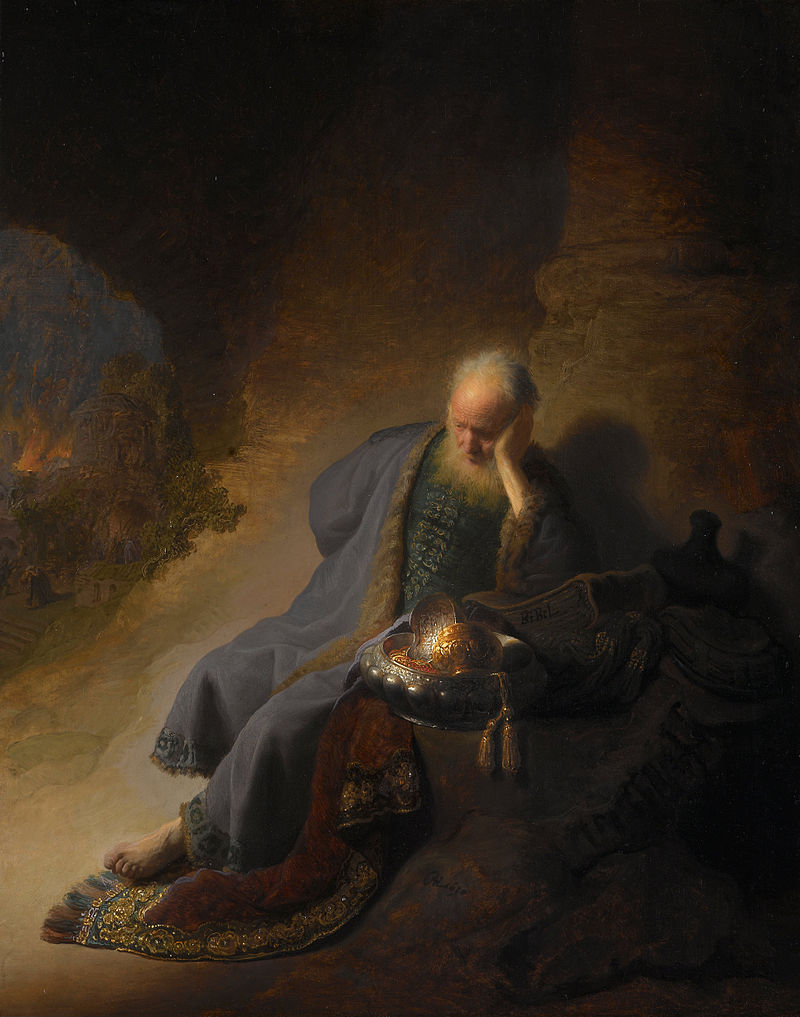
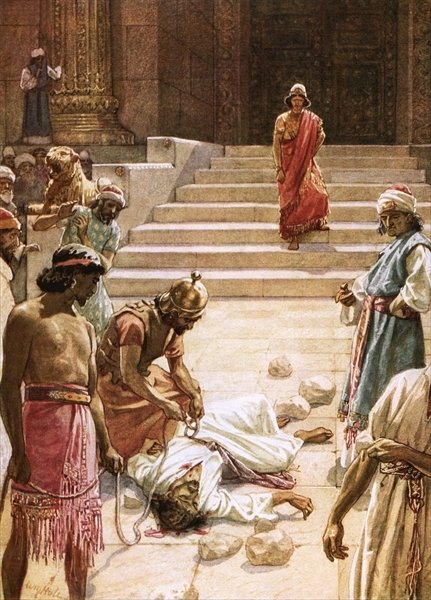

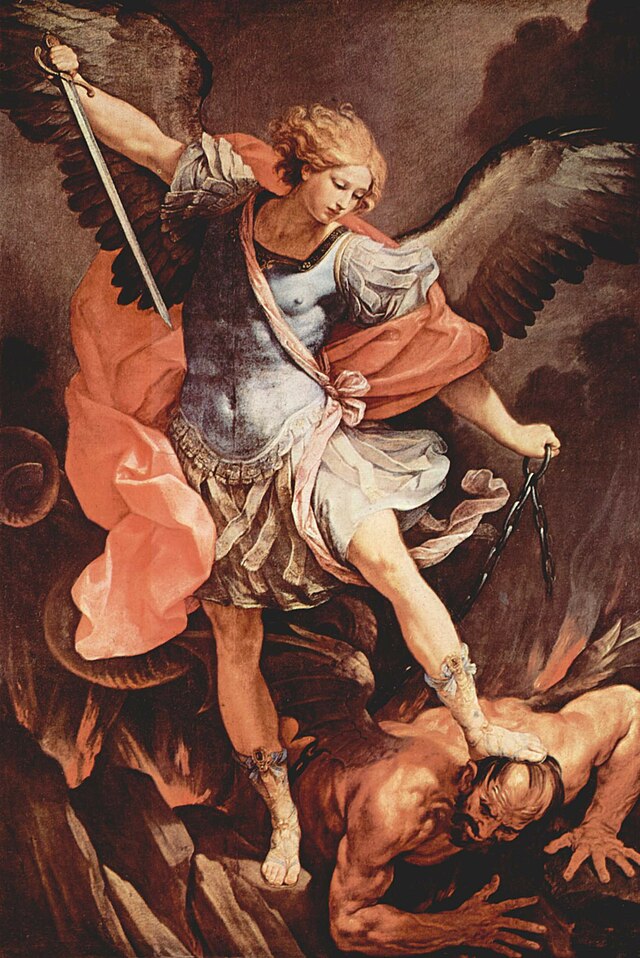

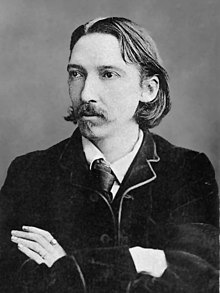 Which brings up some things Robert Louis Stevenson – shown at right – said in his
Which brings up some things Robert Louis Stevenson – shown at right – said in his 